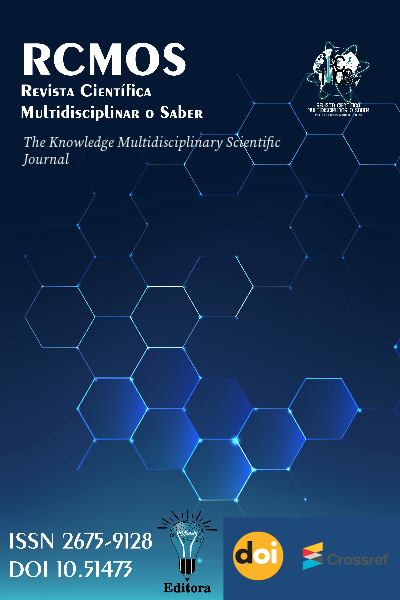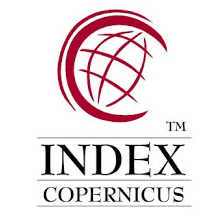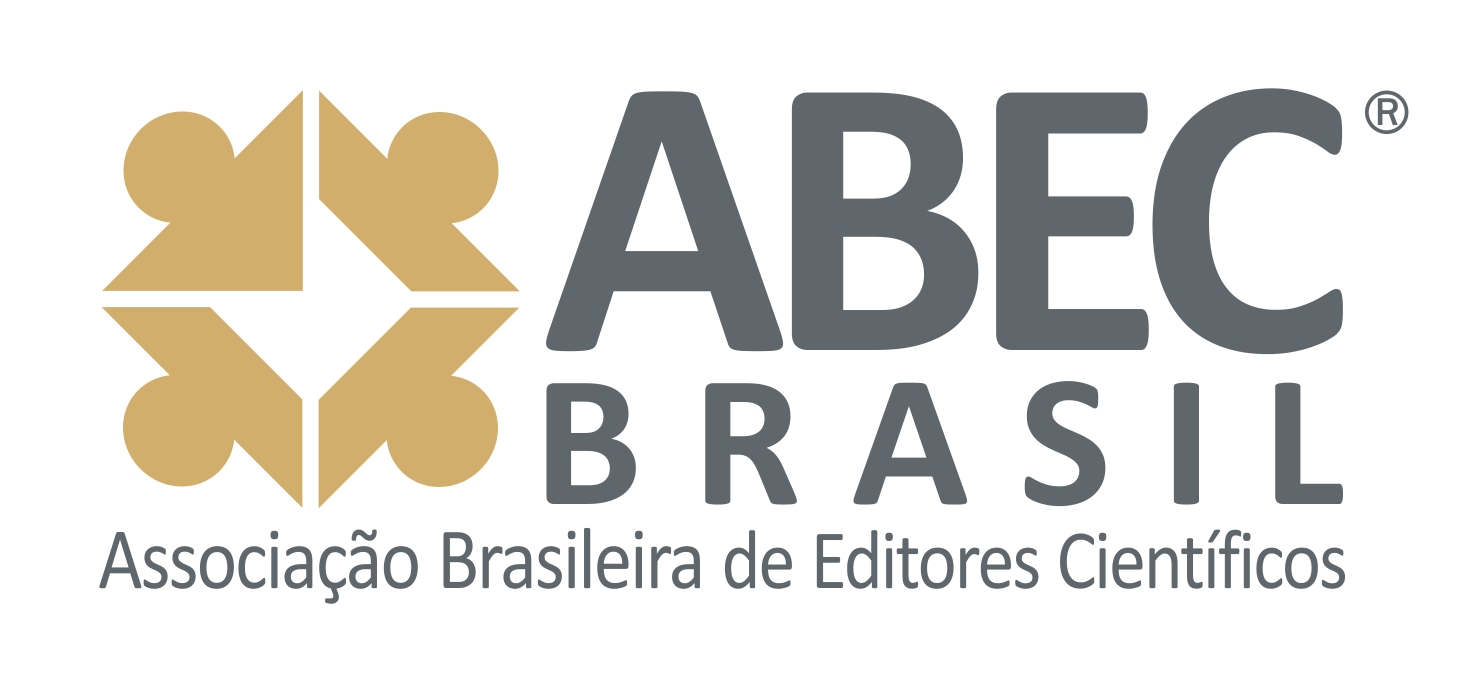IMPACTO DA LIMPEZA DE PRAIAS NA CONSCIENTIZAÇÃO AMBIENTAL: UM ESTUDO DE CASO NA BEIRA, MOÇAMBIQUE
DOI:
https://doi.org/10.51473/rcmos.v1i1.2024.559Palavras-chave:
Conscientização ambiental, Limpeza de praias, Poluição marinha, Educação ambiental, Engajamento voluntário.Resumo
Este estudo investigou a conscientização ambiental dos voluntários durante atividades de limpeza de praia de estoríl na cidade da Beira, Moçambique. A pesquisa envolveu 150 voluntários, dos quais 42 foram entrevistados. Foram aplicados questionários estruturados depois das atividades para avaliar o conhecimento sobre poluição marinha. Além disso, observações participantes foram realizadas para registrar o envolvimento dos voluntários e a eficiência das atividades de limpeza. A análise quantitativa dos dados dos questionários revelou um aumento significativo na conscientização ambiental dos voluntários após a participação nas atividades. A análise qualitativa identificou fatores que influenciam o engajamento dos voluntários, destacando a importância da educação ambiental e das campanhas de sensibilização. As principais limitações do estudo incluíram o tamanho da amostra e o tempo limitado de observação. O estudo seguiu rigorosos princípios éticos, garantindo o consentimento informado dos participantes e a confidencialidade dos dados coletados. Este trabalho contribui para a compreensão dos efeitos das atividades de limpeza de praias na conscientização cívica ambiental e destaca a necessidade de programas contínuos de educação ambiental para promover a conservação marinha.
Downloads
Referências
Ardoin, N. M., Clark, C., & Kelsey, E. (2013). An exploration of future trends in environmental education research. Environmental Education Research, 19(4), 499-520. DOI: https://doi.org/10.1080/13504622.2012.709823
Ballantyne, R., Fien, J., & Packer, J. (2001). Program effectiveness in facilitating intergenerational influence in environmental education: Lessons from the field. Journal of Environmental Education, 32(4), 8-14. DOI: https://doi.org/10.1080/00958960109598657
Bennett, N. J., Blythe, J., White, C. S., & Campero, C. (2019). Blue growth and blue justice: Ten risks and solutions for the ocean economy. Marine Policy, 99, 173-183.
Bryman, A. (2012). Social Research Methods. Oxford University Press.
Costello, C., Ovando, D., Hilborn, R., Gaines, S. D., Deschenes, O., & Lester, S. E. (2012). Status and solutions for the world’s unassessed fisheries. Science, 338(6106), 517-520. DOI: https://doi.org/10.1126/science.1223389
Creswell, J. W. (2014). Research Design: Qualitative, Quantitative, and Mixed Methods Approaches. SAGE Publications.
Deci, E. L., & Ryan, R. M. (2000). The “what” and “why” of goal pursuits: Human needs and the self-determination of behavior. Psychological Inquiry, 11(4), 227-268. DOI: https://doi.org/10.1207/S15327965PLI1104_01
Food and Agriculture Organization (FAO). (2020). The State of World Fisheries and Aquaculture 2020. Sustainability in action. FAO.
Freire, P. (1970). Pedagogy of the Oppressed. Continuum.
Gelcich, S., Hughes, T. P., Olsson, P., et al. (2010). Navigating transformations in governance of Chilean marine coastal resources. Proceedings of the National Academy of Sciences, 107(39), 16794-16799. DOI: https://doi.org/10.1073/pnas.1012021107
Hart, P. S., & Nolan, J. M. (2021). The role of communication in shaping environmental attitudes and behaviors. Journal of Environmental Communication, 15(3), 324-338.
Hartley, B. L., Pahl, S., Veiga, J., et al. (2015). Exploring public views on marine litter in Europe: Perceived causes, consequences and pathways to change. Marine Pollution Bulletin, 76(1-2), 181-195.
Hartley, B. L., Thompson, R. C., & Pahl, S. (2015). Marine litter education boosts children’s understanding and self-reported actions. Marine Pollution Bulletin, 90(1-2), 209-217. DOI: https://doi.org/10.1016/j.marpolbul.2014.10.049
Hinojosa, A. M., Roca, E., & Ramirez, E. (2018). Organizational strategies in marine debris cleanups: Efficiency and volunteer satisfaction. Marine Policy, 95, 86-92.
Jambeck, J. R., Geyer, R., Wilcox, C., Siegler, T. R., Perryman, M., Andrady, A., Narayan, R., & Law, K. L. (2015). Plastic waste inputs from land into the ocean. Science, 347(6223), 768-771. DOI: https://doi.org/10.1126/science.1260352
Martínez-Ribes, L., Basterretxea, G., Palmer, M., & Tintoré, J. (2021). Impact of organic waste on marine ecosystems. Marine Pollution Bulletin, 166, 112252.
McLeod, E., Chmura, G. L., Bouillon, S., Salm, R., Björk, M., Duarte, C. M., Lovelock, C. E., Schlesinger, W. H., & Silliman, B. R. (2020). The role of community participation in conservation efforts. Conservation Biology, 34(2), 463-472.
McKenzie-Mohr, D. (2000). Promoting sustainable behavior: An introduction to community-based social marketing. Journal of Social Issues, 56(3), 543-554. DOI: https://doi.org/10.1111/0022-4537.00183
Nelms, S. E., Coombes, C., Foster, L. C., Galloway, T. S., Godley, B. J., Santillo, D., & Witt, M. J. (2017). Marine anthropogenic litter on British beaches: A 10-year nationwide assessment using citizen science data. Science of the Total Environment, 579, 1399-1409. DOI: https://doi.org/10.1016/j.scitotenv.2016.11.137
Olson, M. (1965). The Logic of Collective Action: Public Goods and the Theory of Groups. Harvard University Press. DOI: https://doi.org/10.4159/9780674041660
Ostrom, E. (2010). Beyond markets and states: Polycentric governance of complex economic systems. American Economic Review, 100(3), 641-672. DOI: https://doi.org/10.1257/aer.100.3.641
Pauly, D., Christensen, V., Guénette, S., Pitcher, T. J., Sumaila, U. R., Walters, C. J., ... & Zeller, D. (2002). Towards sustainability in world fisheries. Nature, 418(6898), 689-695. DOI: https://doi.org/10.1038/nature01017
Patton, M. Q. (2015). Qualitative Research & Evaluation Methods. SAGE Publications.
Pomeroy, R. S., Ratner, B. D., Hall, S. J., et al. (2005). Rights-based fisheries management: An approach to reduce poverty and promote sustainability. Food Policy, 30(1), 98-112.
Rickinson, M. (2001). Learners and learning in environmental education: A critical review of the evidence. Environmental Education Research, 7(3), 207-320. DOI: https://doi.org/10.1080/13504620120065230
Rochman, C. M., Hoh, E., Hentschel, B. T., & Kaye, S. (2013). Long-term field measurement of sorption of organic contaminants to five types of plastic pellets: Implications for plastic marine debris. Environmental Science & Technology, 47(3), 1646-1654. DOI: https://doi.org/10.1021/es303700s
Rochman, C. M., Hoh, E., Kurobe, T., & Teh, S. J. (2013). Ingested plastic transfers hazardous chemicals to fish and induces hepatic stress. Scientific Reports, 3(1), 3263. DOI: https://doi.org/10.1038/srep03263
Schultz, P. W. (2011). Conservation means behavior. Conservation Biology, 25(6), 1080-1083. DOI: https://doi.org/10.1111/j.1523-1739.2011.01766.x
Schultz, P. W., Gouveia, V. V., Cameron, L. D., Tankha, G., Schmuch, R., & Franěk, M. (2016). Values and their relationship to environmental concern and conservation behavior. Journal of Cross-Cultural Psychology, 46(1), 127-151.
Schwartz, S. H., & Bilsky, W. (2018). Toward a universal psychological structure of human values. Journal of Personality and Social Psychology, 53(3), 550-562. DOI: https://doi.org/10.1037//0022-3514.53.3.550
Smith, K., Anderson, C., & Williams, T. (2020). Feedback mechanisms in volunteer-driven environmental conservation efforts. Environmental Management, 56(2), 459-467.
Steinberg, P. F. (2001). The social construction of the ocean and sustainability. Marine Policy, 25(1), 45-53.
Stevenson, R. B., Brody, M., Dillon, J., & Wals, A. E. J. (2014). International handbook of research on environmental education. Routledge. DOI: https://doi.org/10.4324/9780203813331
Talsma, K., & Schreurs, K. (2006). Developing effective community engagement strategies. Environmental Management, 38(6), 799-810.
Tashakkori, A., & Teddlie, C. (2010). SAGE Handbook of Mixed Methods in Social & Behavioral Research. SAGE Publications. DOI: https://doi.org/10.4135/9781506335193
Thompson, R. C., Moore, C. J., Vom Saal, F. S., & Swan, S. H. (2004). Plastics, the environment and human health: Current consensus and future trends. Philosophical Transactions of the Royal Society B: Biological Sciences, 364(1526), 2153-2166. DOI: https://doi.org/10.1098/rstb.2009.0053
Thompson, R. C., Swan, S. H., Moore, C. J., & vom Saal, F. S. (2004). Our plastic age. Philosophical Transactions of the Royal Society B: Biological Sciences, 364(1526), 1973-1976. DOI: https://doi.org/10.1098/rstb.2009.0054
Tilbury, D. (1995). Environmental education for sustainability: Defining the new focus of environmental education in the 1990s. Environmental Education Research, 1(2), 195-212. DOI: https://doi.org/10.1080/1350462950010206
United Nations (UN). (2015). Transforming our world: The 2030 Agenda for Sustainable Development. United Nations.
Zimmerman, M. A. (2000). Empowerment theory: Psychological, organizational, and community levels of analysis. In J. Rappaport & E. Seidman (Eds.), Handbook of community psychology (pp. 43-63). Springer. DOI: https://doi.org/10.1007/978-1-4615-4193-6_2
Zelezny, L. C., Chua, P. P., & Aldrich, C. (2000). Elaborating on gender differences in environmentalism. Journal of Social Issues, 56(3), 443-457. DOI: https://doi.org/10.1111/0022-4537.00177
Downloads
Arquivos adicionais
Publicado
Edição
Seção
Licença
Copyright (c) 2024 Sónia Esperança Gemo, Jaime Ernesto Naene , Albino Cândido Zacarias, Helena Selsa Matola, Carlos José Domingos Alface (Autor/in)

Este trabalho está licenciado sob uma licença Creative Commons Attribution 4.0 International License.
Este trabalho está licenciado sob a Licença Creative Commons Atribuição 4.0 Internacional (CC BY 4.0). Isso significa que você tem a liberdade de:
- Compartilhar — copiar e redistribuir o material em qualquer meio ou formato.
- Adaptar — remixar, transformar e construir sobre o material para qualquer propósito, inclusive comercial.
O uso deste material está condicionado à atribuição apropriada ao(s) autor(es) original(is), fornecendo um link para a licença, e indicando se foram feitas alterações. A licença não exige permissão do autor ou da editora, desde que seguidas estas condições.
A logomarca da licença Creative Commons é exibida de maneira permanente no rodapé da revista.
Os direitos autorais do manuscrito podem ser retidos pelos autores sem restrições e solicitados a qualquer momento, mesmo após a publicação na revista.













